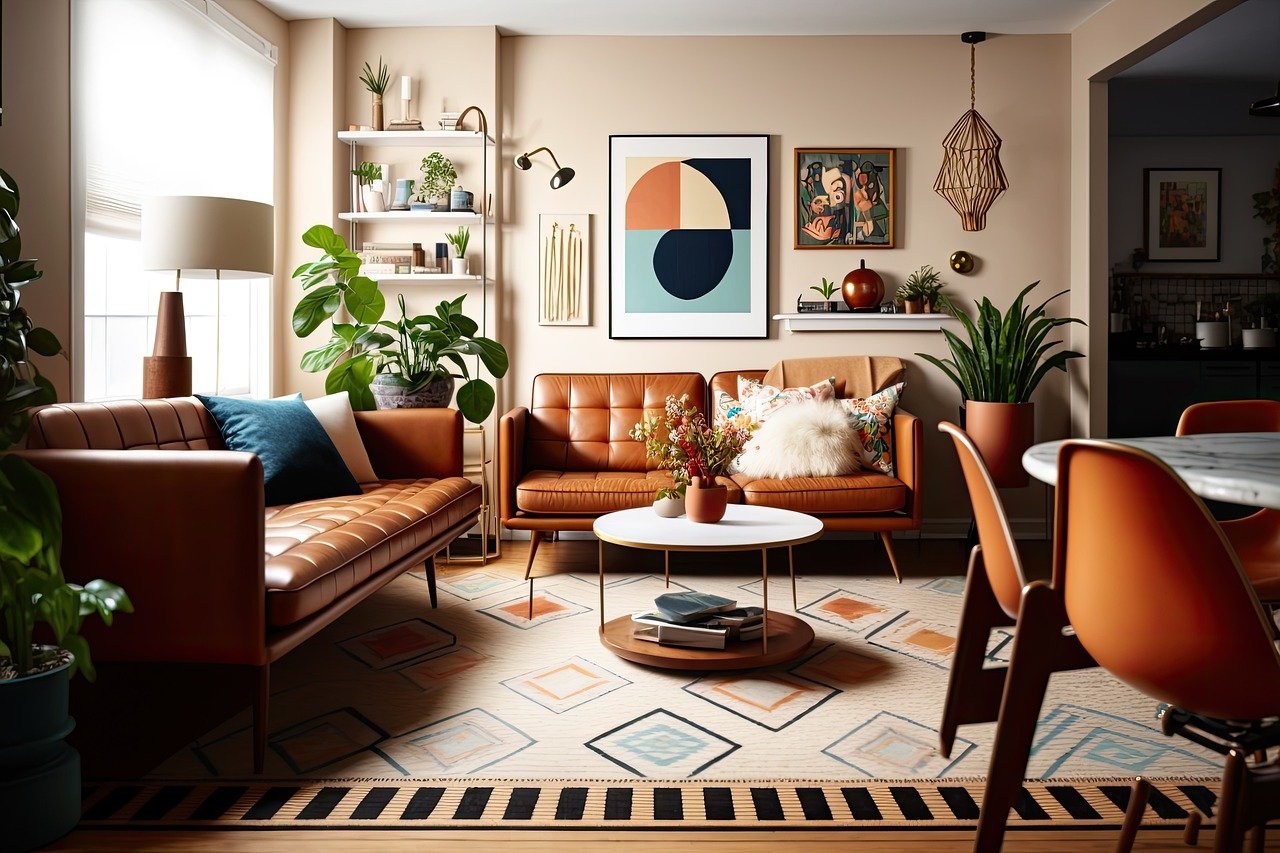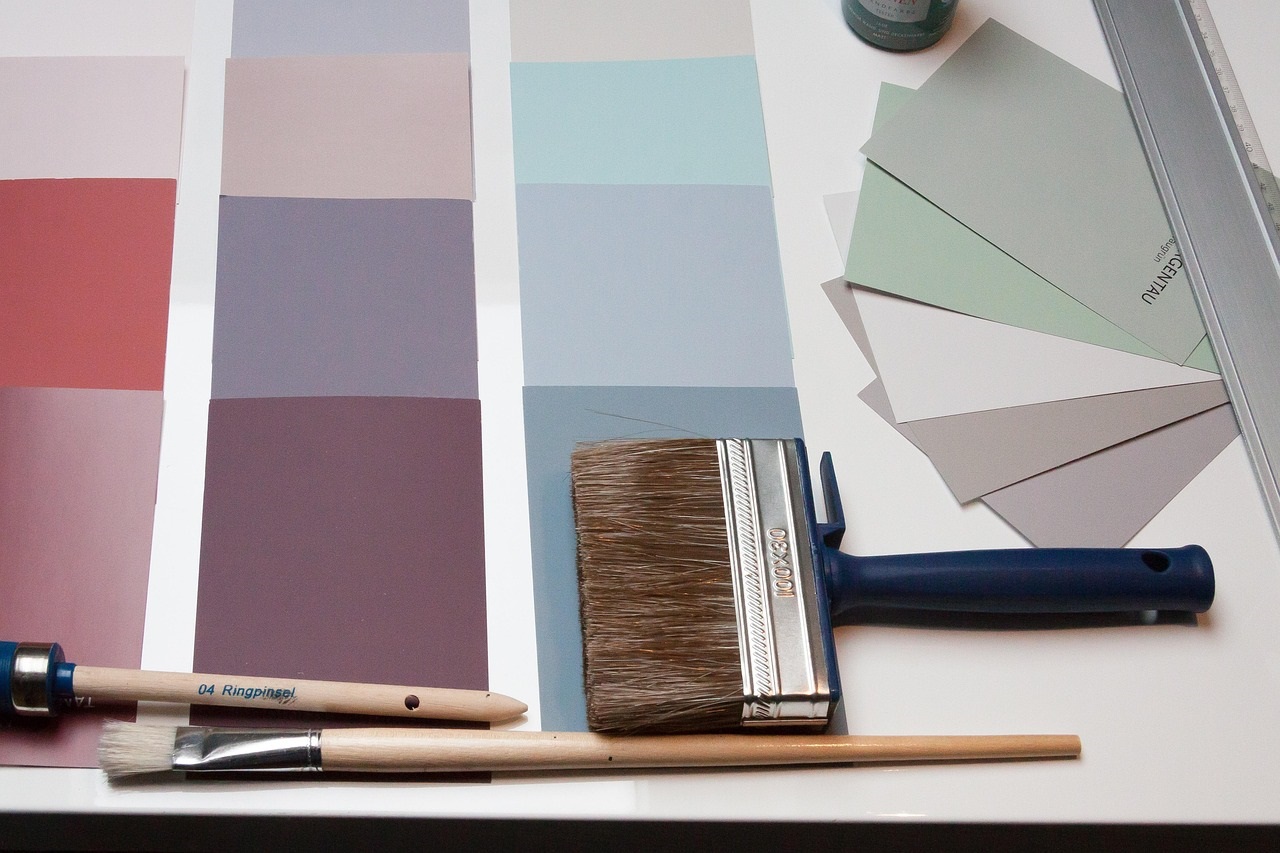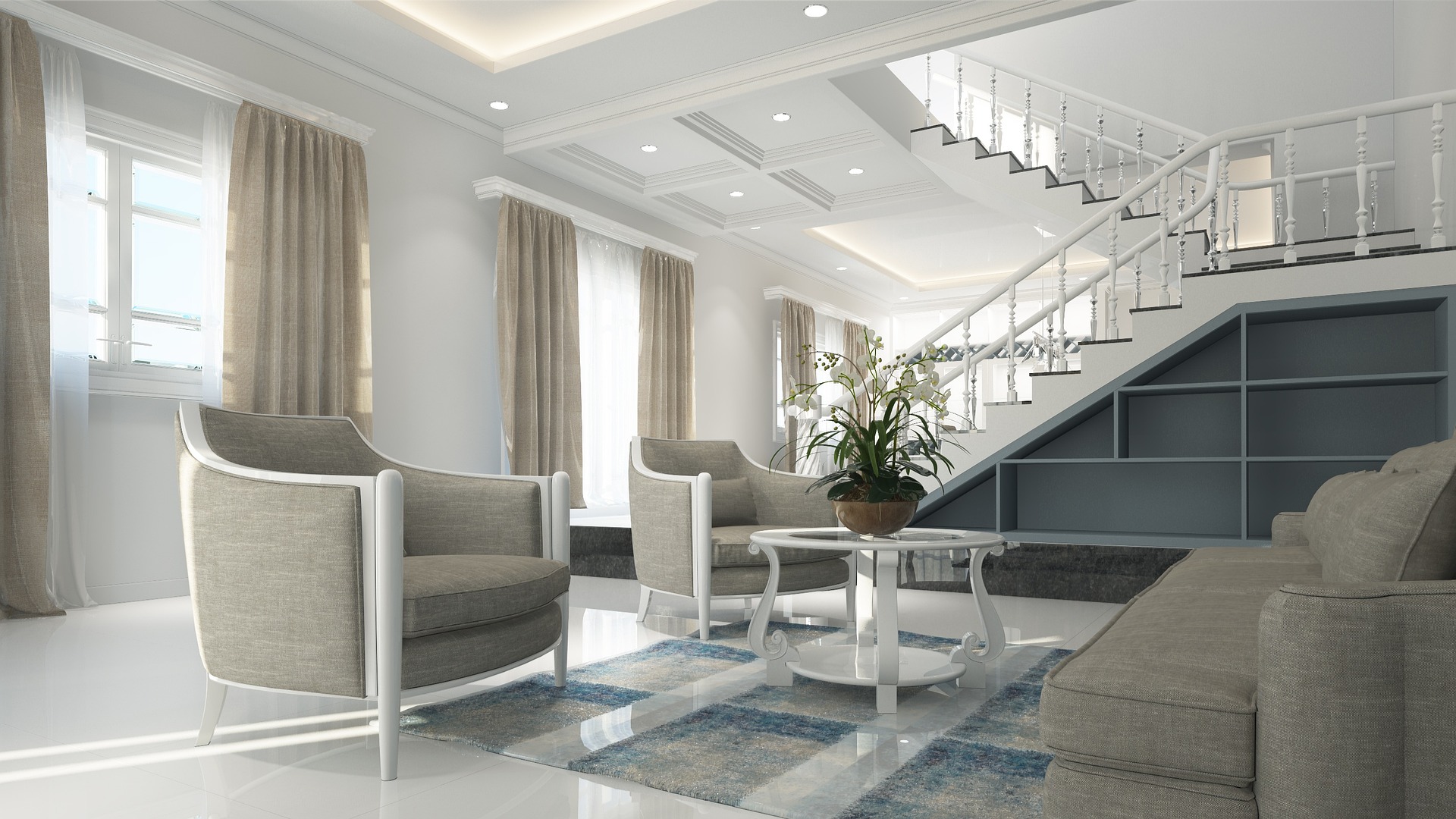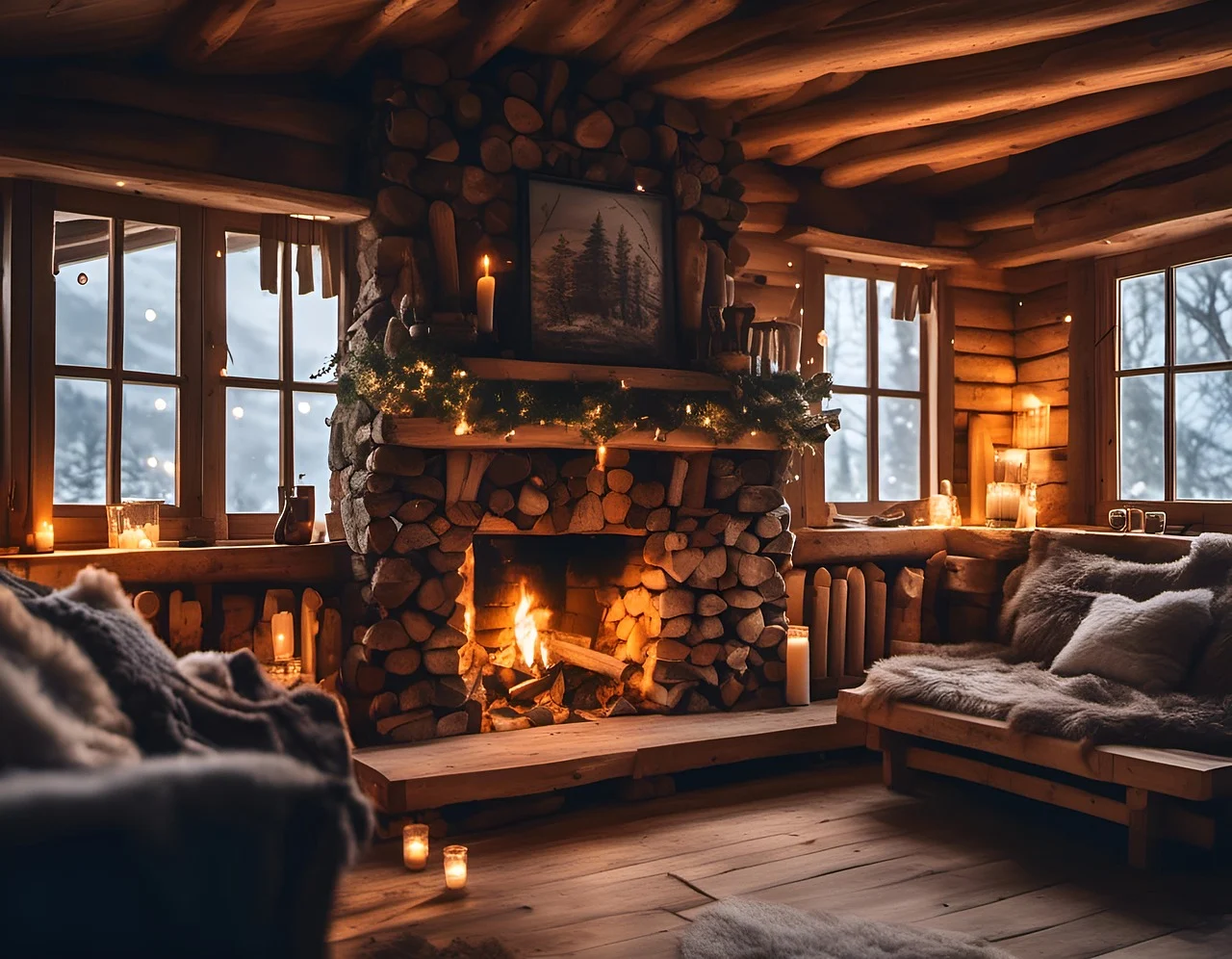The bold and expressive design trends of the 1970s are making a resurgence in home decor, captivating both homeowners eager to renovate and renters looking for creative ways to personalize their spaces. Characterized by earthy tones, natural materials, and playful patterns, the aesthetic of the ’70s is being reimagined for modern living. But what made the decor of this era so iconic, and what can it teach us about design today?
The Philosophy Behind 1970s Design
The 1970s were a time of social change, environmental awareness, and a growing emphasis on individuality. These shifts were deeply reflected in interior design. Moving away from the sleek, futuristic styles of the 1960s, the 70s embraced a more grounded, natural aesthetic. Influenced by the environmental movement, designers incorporated earthy tones like mustard yellow, avocado green, and burnt orange, alongside materials such as wood, rattan, and macramé.
The post-hippie “California Zen” aesthetic brought a sense of serenity and connection to nature, emphasizing plants, natural light, and minimalistic furniture that felt harmonious and unpretentious. This laid-back, bohemian vibe appealed to those seeking refuge from the chaos of the decade, offering a home environment that was warm and inviting.
Meanwhile, urban areas on the East Coast leaned into the eclectic and maximalist aspects of the era. Bold wallpaper, shag carpeting, and colourful textiles celebrated individuality and the growing cultural diversity in cities like New York. East Coast homes often featured denser patterns and jewel tones, offering a cozier, more traditional interpretation of the 1970s style.
Key Features of 1970s Decor
Color Palette: Earthy shades of green, brown, and orange dominate, but pastels like dusty pink and soft lavender also began to make appearances toward the end of the decade. These colours brought a sense of warmth and connection to nature.
Patterns: Think geometric prints, floral wallpapers, and bold, clashing combinations. Patterns were expressive and playful, adding visual interest to everything from walls to upholstery.
Textures: Shag carpets, velvet, and woven fabrics created tactile, cozy environments. Walls were often adorned with wood paneling, cork, or textured paint finishes for added depth.
Furniture: Low-slung sofas, egg chairs, and modular designs reflected the era’s emphasis on comfort and adaptability.
Plants: Indoor greenery exploded in popularity, with spider plants, ferns, and hanging planters becoming design staples.
1970s Style for Homeowners vs. Renters
For homeowners, the resurgence of 1970s decor opens a world of possibilities for renovations. Repainting walls in warm, nostalgic hues or adding textured wallpapers can instantly bring the era’s charm into a space. Original features like wood paneling can be restored, or retro-inspired furnishings and lighting can be sourced to recreate the look.
For renters, embracing the 1970s aesthetic means working creatively within the constraints of their space. Temporary peel-and-stick wallpapers, patterned area rugs, and thrifted furniture pieces can achieve the same effect without permanent changes. Incorporating plants, macramé wall hangings, or colourful cushions is an easy, affordable way to channel the era’s spirit.
Bringing It Back
Whether you’re drawn to the laid-back vibe of West Coast Minimalism or the bold patterns and colours of East Coast maximalism, the 1970s offer a treasure trove of design inspiration. Its enduring appeal lies in its celebration of individuality, comfort, and a connection to nature. With modern updates, this retro style is proving its timeless charm for a new generation of home enthusiasts.





